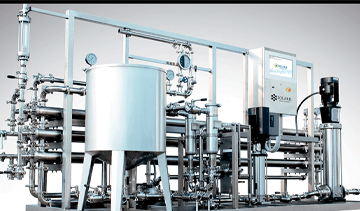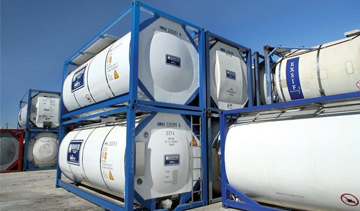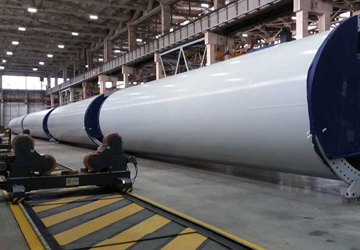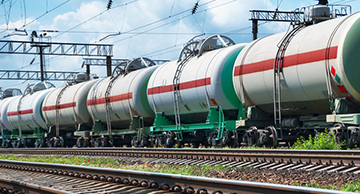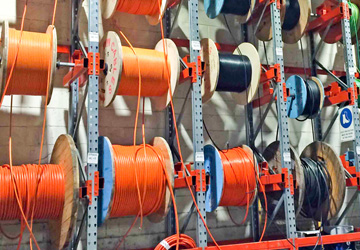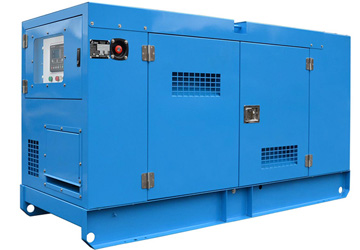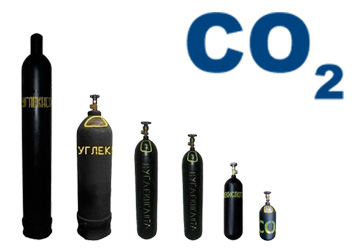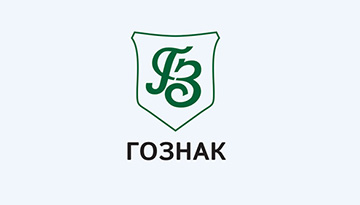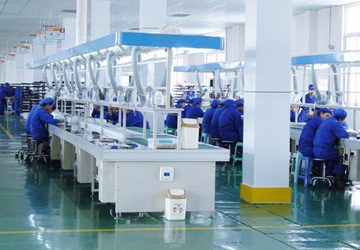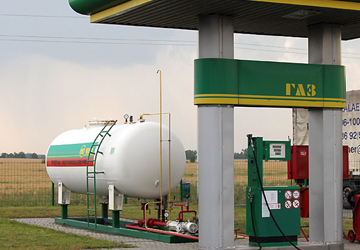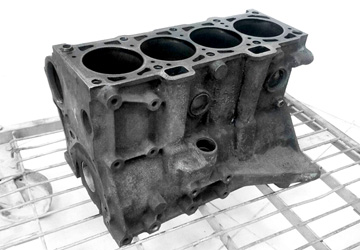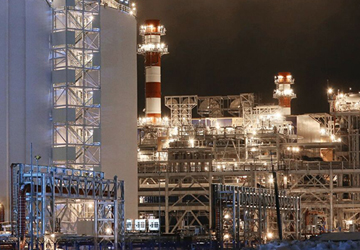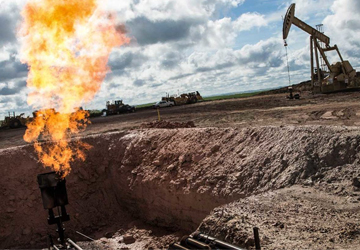1. A description of the models of the organization of the container transportation market is carried out on the basis of a detailed analysis of the best practices in European countries with the maximum container turnover:
- Germany;
- Belgium;
- Netherlands;
- Spain;
- Italy;
- Czech Republic;
- Slovakia.
2. Study market segments
- operating with a specialized rolling stock (railway platform).
- transportation of containers by rail (traction services);
- transportation of containers by road;
- transportation of containers by river transport;
- transportation of containers by sea;
- feeding the container to the shipper;
- development of a logistics chain for cargo transportation;
- forwarding of freight shipments;
- loading/unloading of goods from/to containers;
- storage, loading-unloading of containers (logistics terminals).
3. The boundaries of the specialization and diversification of the activities of the participants in the container transport market
- options for a typical structure for various types of activities for a participant in the container cargo market.
- the permitted intersection of different activities within the framework of one company, synergistic processes and services (complementary activities).
- a possible separation of activities between different market players (indelible activities).
- participants in the market of container cargo transportation, of interest to research purposes are:
- Freight Forwarder, engaged in the organization of transportation, such as Kuehne Nagel, DB Schenker, DHL, etc.
- operators of European sea and river ports, in which there are container terminals (often they are the owners of terminals), such as Rotterdam, Antwerp, Hamburg, etc.
- owners of container terminals located in ports and a port zone, as well as located in mainland Europe.
- railway traction and infrastructure operators, ensuring the transportation of containers by rail, such as Deutsche Bahn, SNCF, etc.
- rolling stock operators for railway transportation of containers (platforms).
- Large consignors, consignees of container goods (from different industries).
4. Characteristics and map of the market for container cargo transportation by rail in Europe
- The volume of the market for railway transportation of container goods for 2008-2009.
- The pace of exit from the crisis of railway container transportation.
- structure of the container transportation market for groups of transported goods.
- the percentage of containerization of transportation by rail, the dynamics of its change (including for certain types of goods).
- indicators of key players in the container transportation market, the concentration of market participants and the level of competition in the segment.
- The seasonality of railway container transportation.
- Key routes for transportation by container trains (transportation from / to ports, intracontinental transport, etc.), the number of points of sending / delivery of goods and factors for choosing precisely these routes.
- The share of transportation by container trains in the total volume of railway container transportation, factors for the formation of container trains.
- the share of container railway transportation according to the schedule (according to the hard threads of the schedule), "charter" transportation and "regular charter" transportation (to fill the container train), factors and criteria for the formation and changes in the corresponding structure
- indicators of key players in the market of logistics operators and the level of competition in the segment.
5. Analysis of the product supply - typical service - railway carriers of container goods. Analysis of the main models of building logistics chains and their characteristics:
- typical work schemes between consignors, consignees, logistics operators, container terminals, carriers.
- basic provisions of contract relations between market participants:
- terms (one -time, short -term, long -term relationships), criteria for concluding long -term contracts.
- The presence of intermediaries / mainly direct contracts between consignors and carriers, factors for choosing a scheme of work.
- The number of partners among rolling stock operators among logistics operators / consignors.
- fixed minimum obligations for cargo transportation by the logistics operator / consignor.
- The basic proposal of the container carrier:
- Counding frequency;
- the length of the container train;
- terms and technology for the formation of container trains;
- speed speed;
- the availability of a return load;
- requirements for the minimum number of wagons by one consignor for inclusion in a container train;
- transportation of single containers;
- the use of "khabov" operations in organizing transportation with container trains,
- etc.
- typical "packages" of services, a transport product that is demanded by the consignor (in addition to cargo transportation) from among:
- development of a logistics chain;
- organization of multimodal transportation ("from door to door");
- paperwork;
- customs clearance of goods;
- support of goods;
- bastard, bastard of containers;
- loading-unloading, storage of containers;
- additional services at different stages of interaction with the client
- etc.
- the structure of a typical price supply of a container carrier:
- the composition of the services included in the basic rates (the provision of containers, traction, access to infrastructure, terminal services, customs operations, etc.).
- a system for providing discounts (principles for providing discounts, possible levels of discounts).
- a typical structure of direct costs of a container carrier.
6. The market of container logistics terminals
- the existing network of container terminals (transshipment, accumulation), their main characteristics.
- The role of terminals in logistics chains (container terminals in ports, "hab" operations in railway transport, etc.).
- orientation of terminals to road and railway transport;
- owners of key container terminals (ports, logistics operators, railway companies, etc.).
- indicators of key players in the container terminals market, the concentration of market participants and the level of competition in the segment.
7. Competition between different modes of transport during containers cargo transportation
- transportation of containers by road as part of multimodal transport, including railway transport.
- transportation of containers by road as an alternative to railway transport.
- transportation of containers by river transport (for example, according to the Danube River) as an alternative to railway transport.
- by sea transport as a link in most international (for example, from China) logistics chains.














